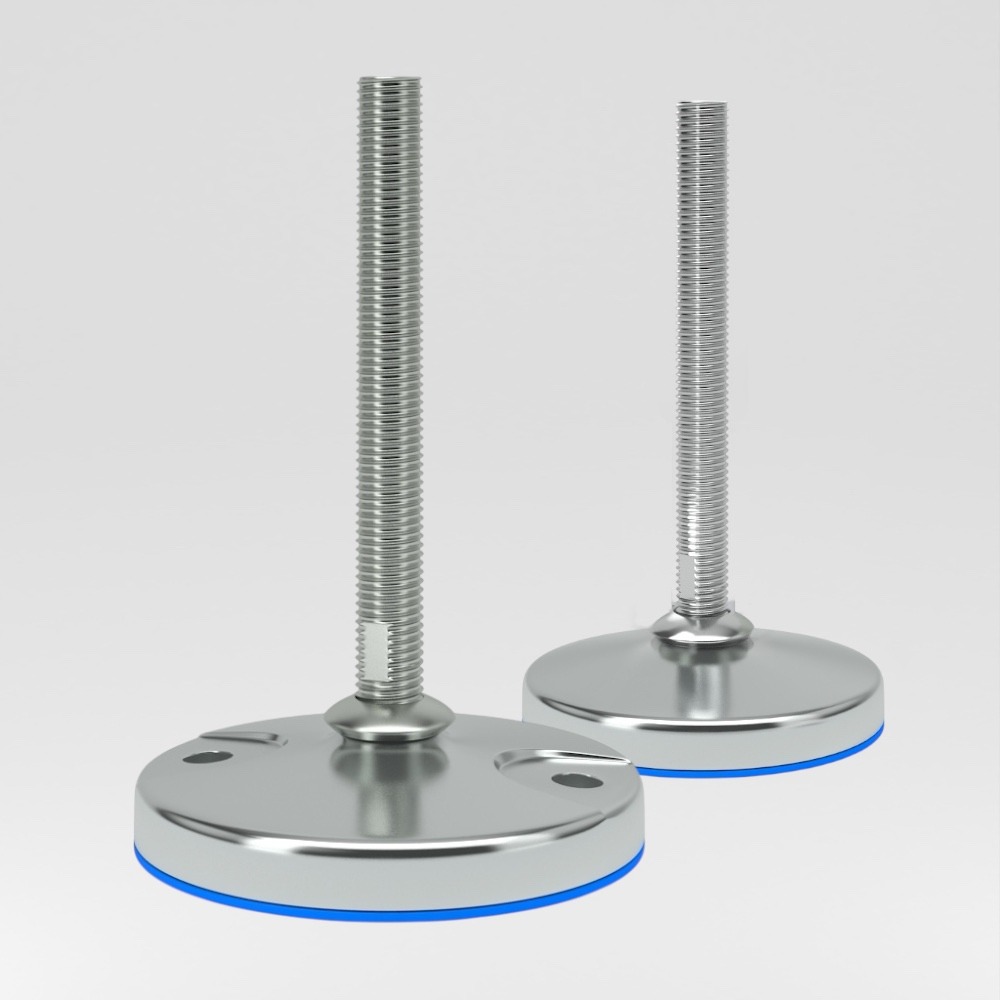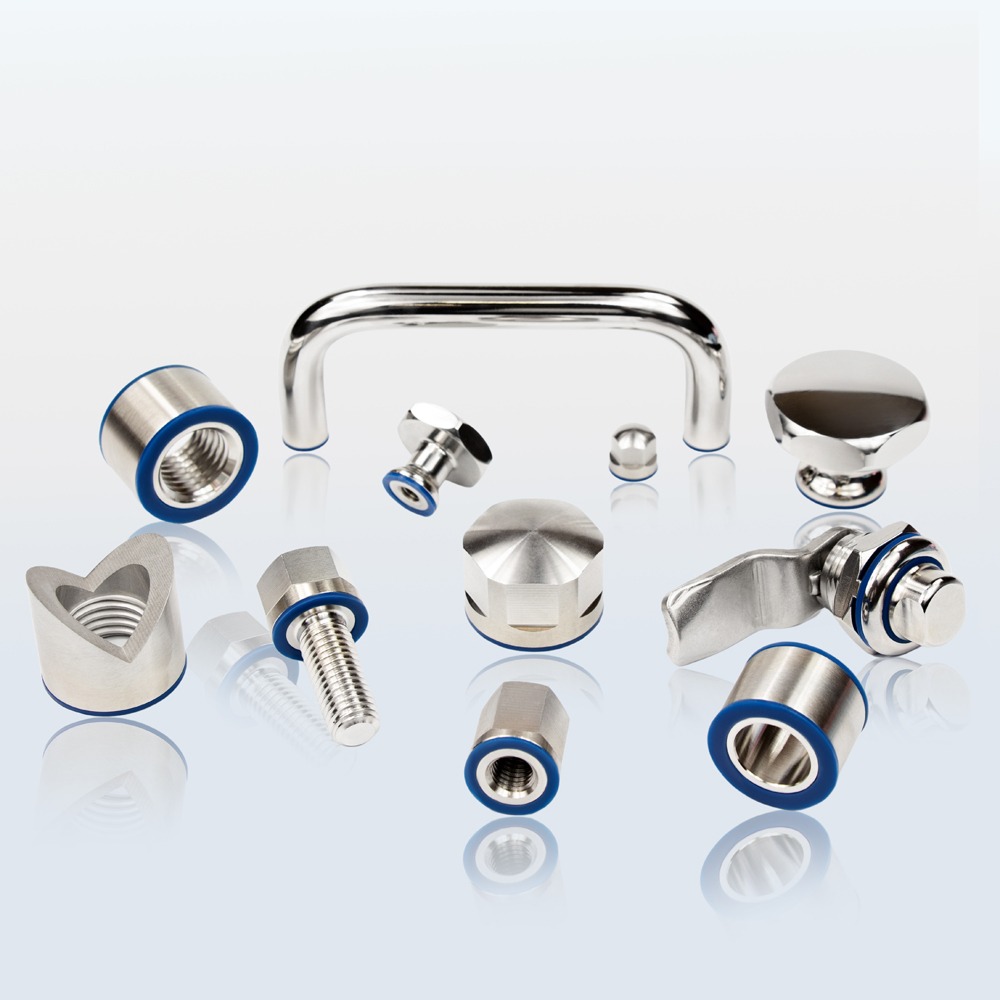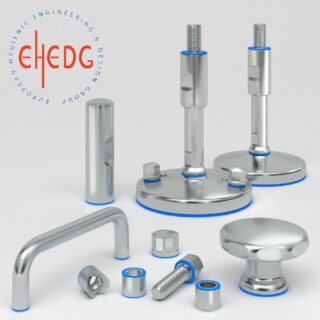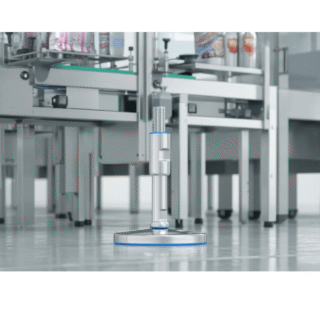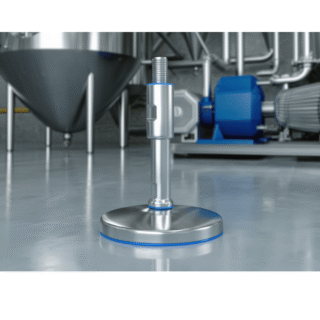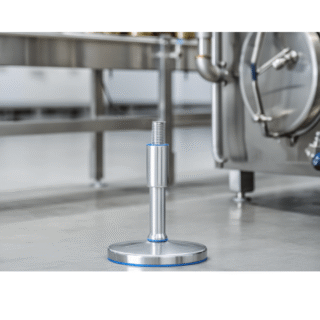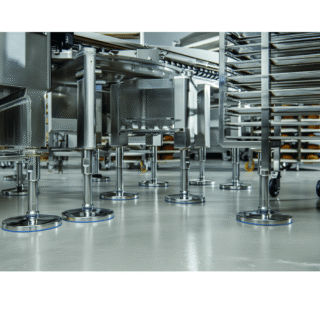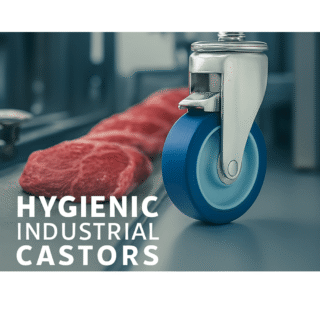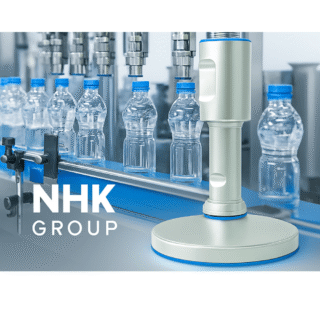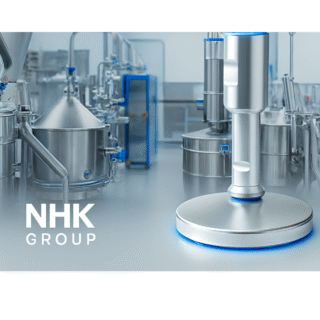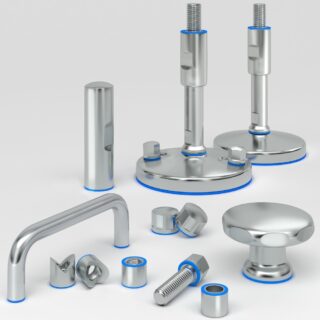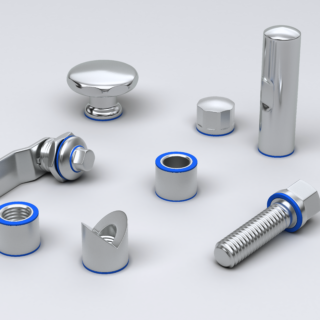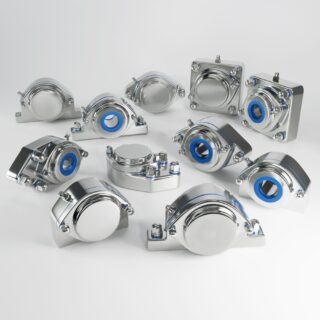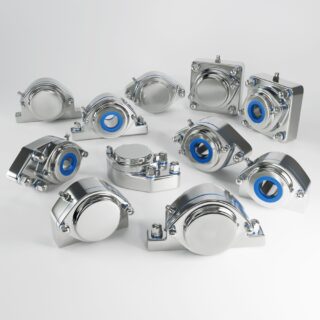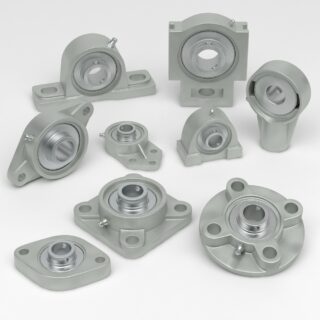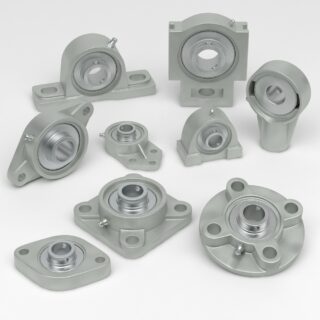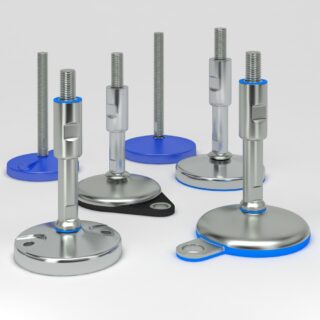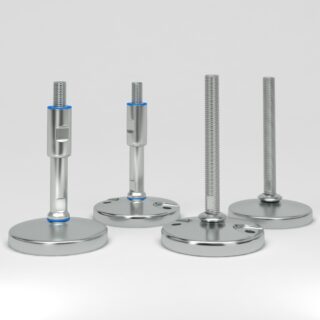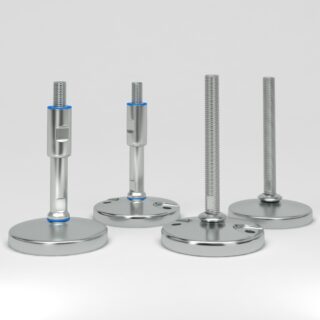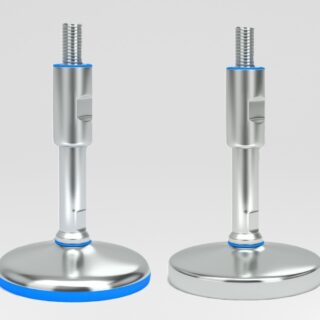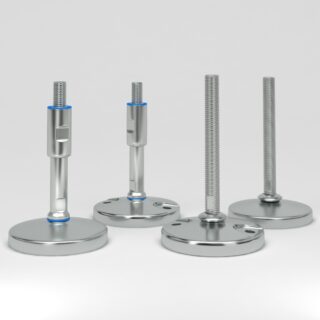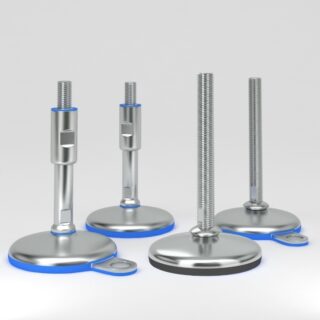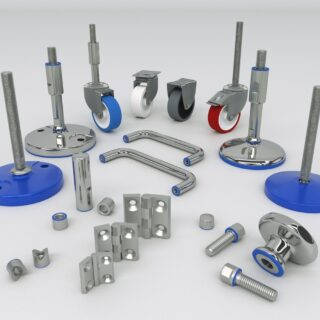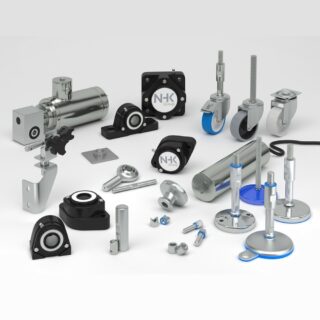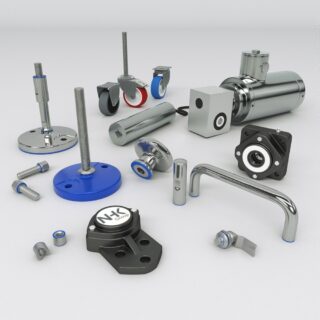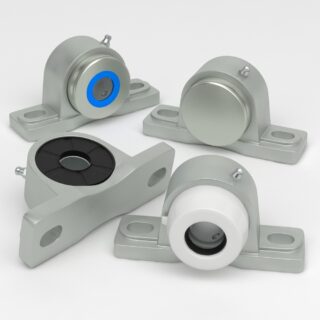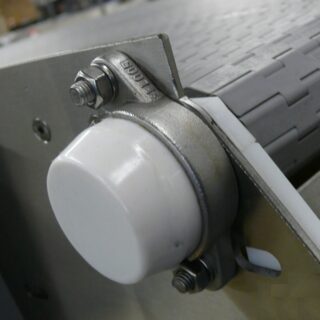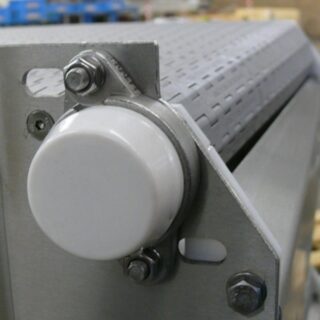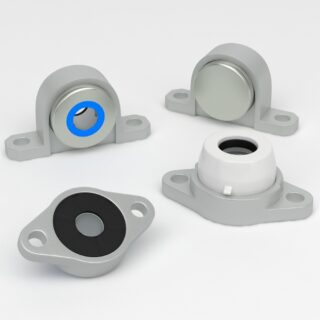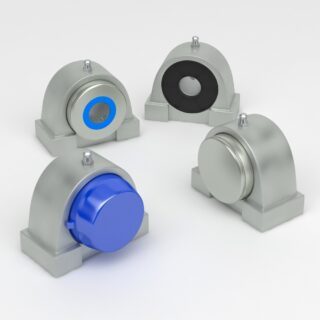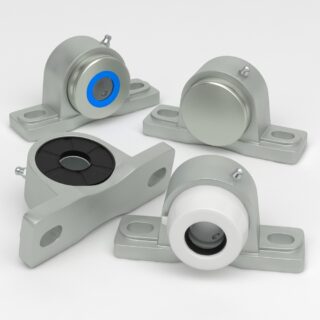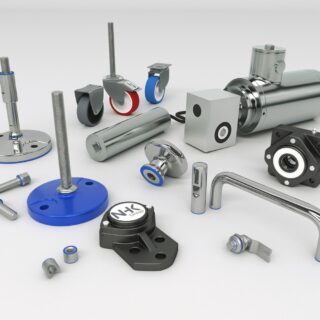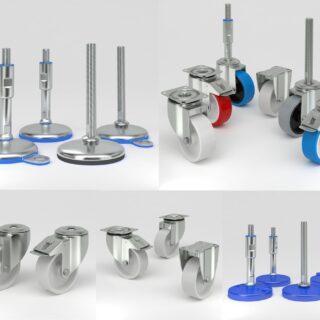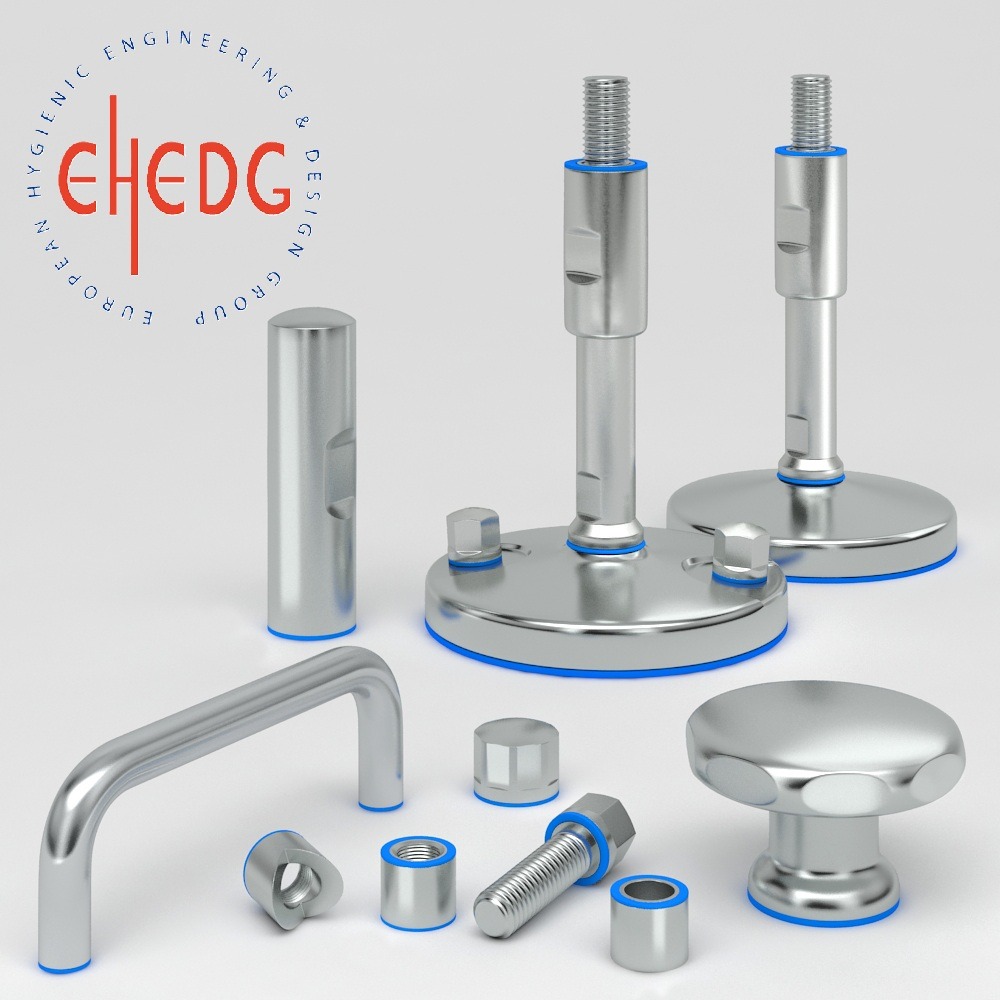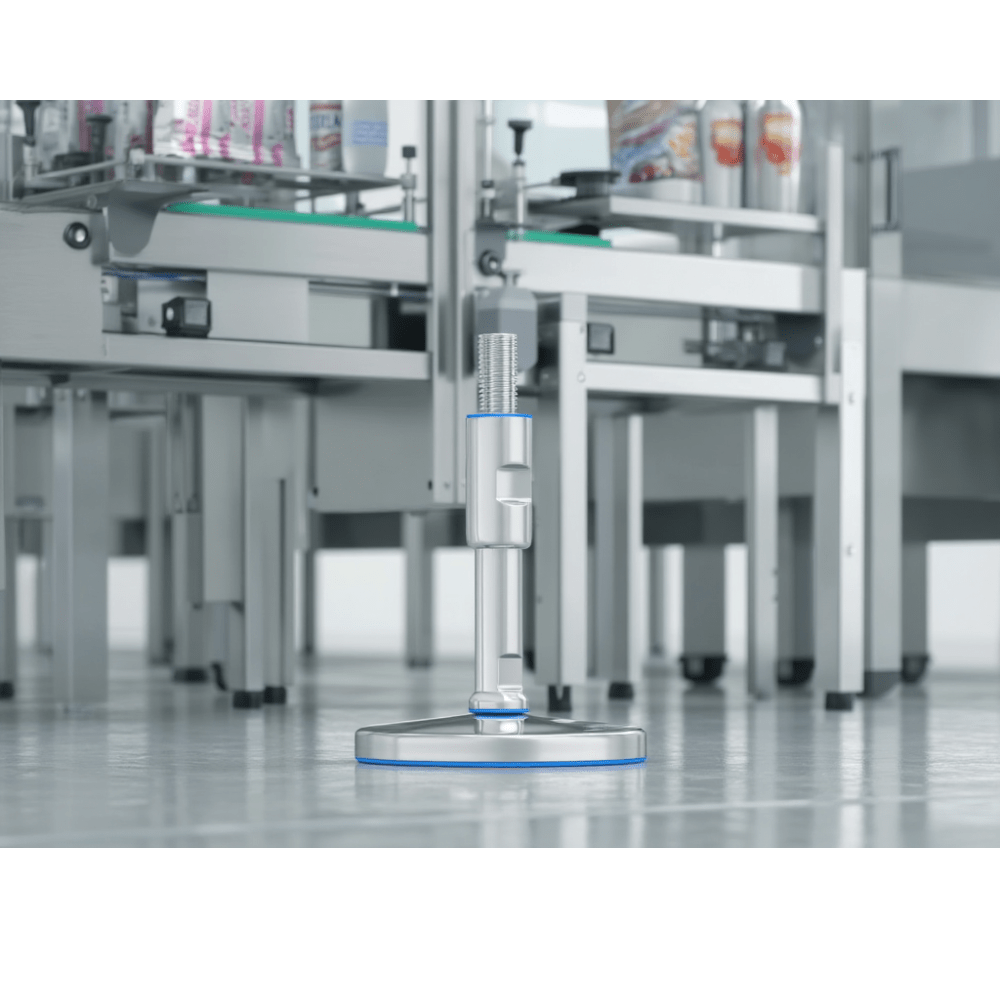Industrial leveling feet are made from a variety of materials, including steel, stainless steel, and thermoplastic. The choice of material often depends on the environment in which they will be used, such as in corrosive environments where stainless steel would be preferred.
Load Capacity:
They come in different sizes and designs, each capable of supporting a specific range of load capacities. It’s important to select a leveling foot with a load capacity that matches or exceeds the weight of the machinery it will support.
Adjustability:
Most leveling feet are designed to be easily adjustable, allowing for precise leveling of the equipment. This can be particularly important in applications where precision is critical, such as in manufacturing or laboratory settings.
Base Design:
The base of the leveling foot can vary in design, with some featuring a swivel base that allows for adjustment on uneven surfaces, and others having a solid base for increased stability.
Thread Size and Type:
The thread size and type are also important considerations, as they need to match the equipment’s mounting holes. Common thread types include metric and imperial.
Anti-vibration Features:
Some leveling feet include anti-vibration pads or designs that help to dampen vibration and noise, protecting sensitive machinery and improving the work environment.
Applications:
Industrial leveling feet are used in a wide range of applications, from heavy machinery and production equipment to smaller devices in laboratories and workshops.
When selecting industrial leveling feet, it’s crucial to consider the specific requirements of the application, including environmental conditions, load capacity, adjustment range, and any additional features that may be necessary, such as anti-vibration properties or corrosion resistance.
